The encryption business of the Soviet Union. 2 part
In 1939, a new product appeared in the government - a long-distance automation system for high-frequency communications under the symbol MA-5, which provides 5 communication to subscribers via 10 channels, which made it possible to refuse telephonists. There was also a variant MA-3 for three subscribers. Before the war, 116 RF stations and 39 broadcasting points were operational, which made it possible to service 720 subscribers of the highest party and state leadership at once.
Phones of Stalin in the underground bunker in Izmailovo
During the Great Patriotic War, the EU-series equipment was used on all fronts for the organization of high-frequency communications. However, simple classifying by inversion was clearly insufficient, therefore, even in 1938, a device of “complex” C-1 encryption was developed and tested on the Moscow-Leningrad line. Later, the system was tested on the Moscow-Khabarovsk and Moscow-Kuibyshev-Tashkent highways. But C-1 remained in single copies due to the high cost and complexity of manufacturing. For all this, decisive advantages in classifying before the “simple” algorithm did not give C-1.
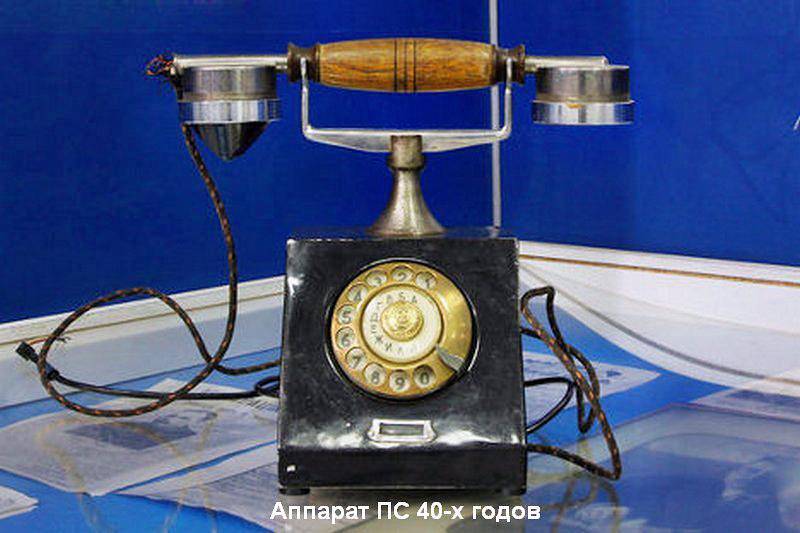
Telegraph communication was also encrypted. For this purpose, the C-380M device, which was not particularly resistant to cracking, served. Employees of the people's commissariat of communications could easily decrypt, and this, given Stalin’s uneasy relationship with his leaders, Yagoda and Rykov, became a serious obstacle to the widespread introduction of such equipment. Since the beginning of the war, the “suitcase” equipment for classifying the SI-15 Sinitsa and the Snegir SAU-16, which provided communications for the front commanders with communications, became widespread.
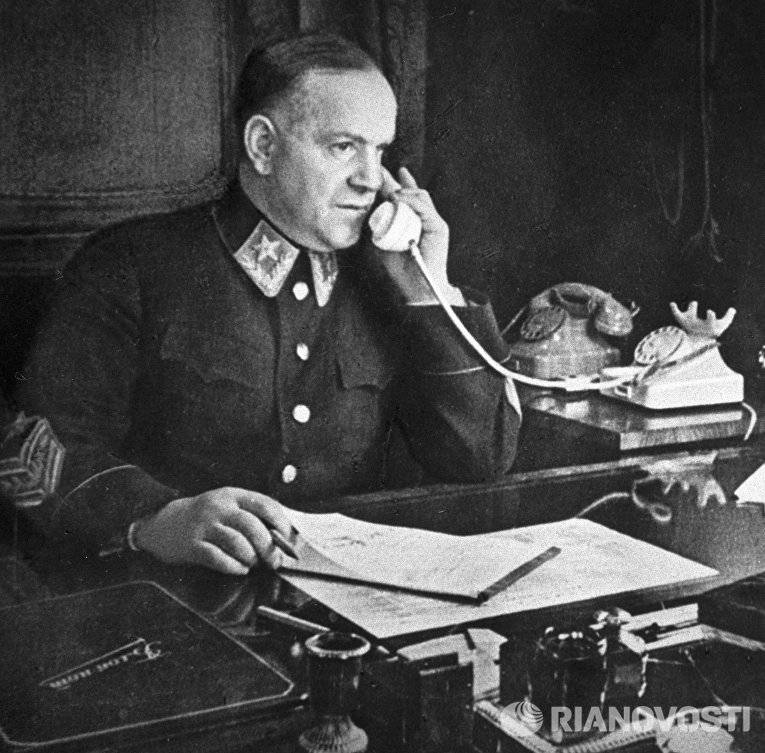
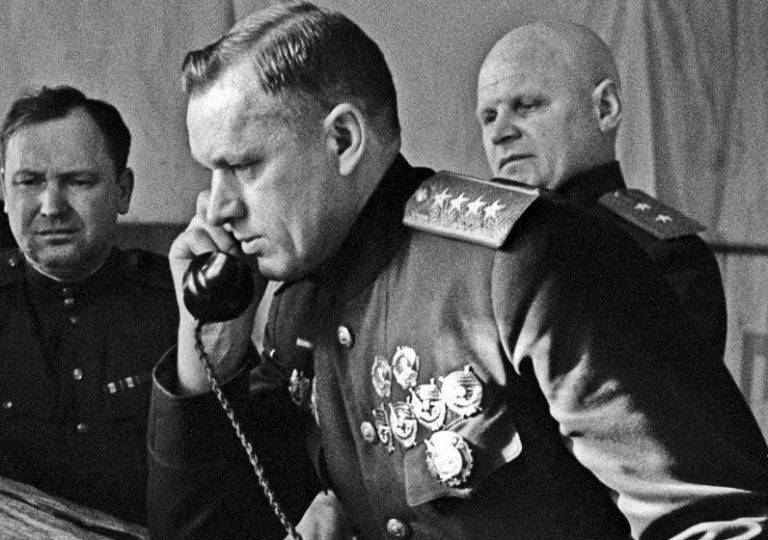
In general, the encryption of radio transmitting devices that appeared in the USSR before the war can be divided into several principal schemes:
- signal conversion by inversion of the frequency spectrum;
- encryption by inversion of conversational frequencies and “wobling” by swinging the frequency of the radio transmitter;
- dynamic inversion and rearrangement of two spectrum bands with a given speed (device SU-1);
- transformation in accordance with a complex encryption system with dynamic permutation of three bands of the spectrum according to an arbitrary law and with an arbitrary rate within a certain limits (SET-2).
Despite all the efforts of domestic engineers, in 1940, the long-term result of their work was succinctly described: “The equipment for classifying telephone conversations developed by the order of the NKVD by Krasnaya Dawn has poor persistence and has no code.”
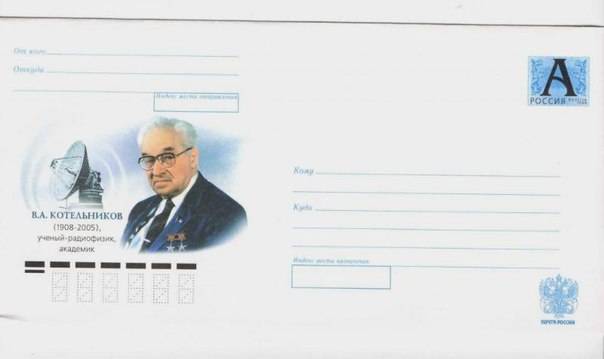
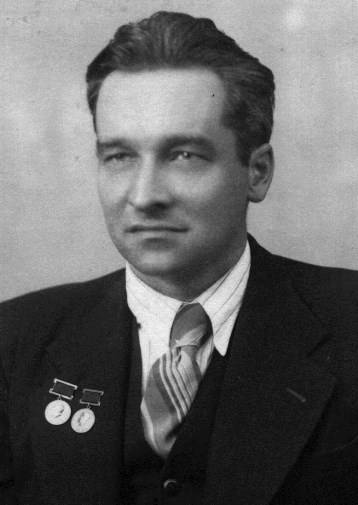
Vladimir Alexandrovich Kotelnikov on a modern postal envelope and in his youth.
Vladimir Aleksandrovich Kotelnikov (1908-2005), who from the year 1938 led the laboratories for classifying telephone and telegraph information at the Central Research Institute of Communications, became a kindly good wizard in this situation. Vladimir Kotelnikov can rightfully be considered one of the most prominent Russian scientists — Academician of the USSR Academy of Sciences, twice Hero of Socialist Labor, winner of numerous awards. His areas of interest included radio engineering, radiolocation, radio astronomy, and the theory of noise-resistant communications. Many of his achievements are included in textbooks with the words "for the first time in the world." Vladimir Kotelnikov formulated and proved the discretization theorem on which all digital signal processing is based. His laboratory has developed the hardware complex "Moscow", in which for the first time in the country telegraph messages were classified by imposing cipher marks on the text. The idea of Kotelnikov with the imposition of a cipher on the text was a fundamental breakthrough in the theory of encryption, becoming the basis for many subsequent generations of security techniques.
It is interesting device apparatus "Moscow" C-308-M. It was based on complex and rather cumbersome electromechanical units, as well as drums filled with balls. During the rotation of the drums, through a system of pins, balls were randomly rolled through six vertical tubes into two moving telegraph tapes, superimposed on each other through a carbon paper, through six vertical tubes. After that, the tapes were perforated along such marks, which formed a random key, which was later sent to the installation sites of the devices. The photoelectric element was responsible for reading the cipher from the key. The novelty was tested on an extra-long communication line Moscow - Komsomolsk-on-Amur, and in the same 1938 year they placed an order directly at the 209 plant for the 30 Moscow apparatuses. The success of the development of Vladimir Kotelnikov was that the new system practically on 100% ensured the protection of telegraph messages from decryption.
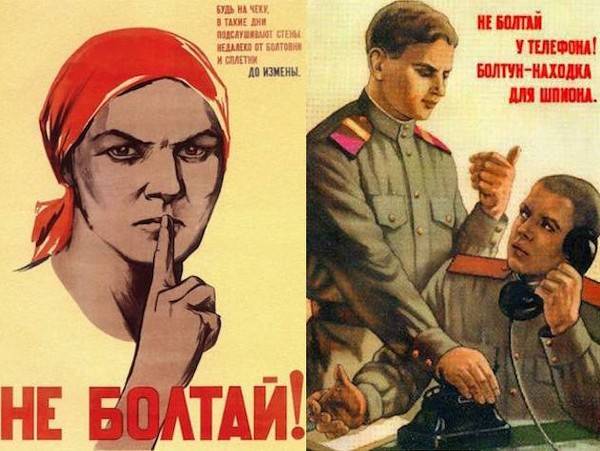
The following year, Kotelnikov’s laboratories received a new task to develop an encoder for classifying speech with increased resistance to unauthorized listening. The order came from the very department of government HF communications of the Soviet Union. Alexander Mintz, Konstantin Egorov and Victor Vitorsky also took part in the development project. The group tried to ensure the secrecy of information transmission with the help of the unique multi-channel radio communication equipment created by them, which for the first time used one sideband. And it turned out: in the 1939 year, on the Moscow-Khabarovsk highway, the voice encryption system worked according to a new algorithm. Vladimir Kotelnikov owned the idea of a potentially unbreakable cipher, which he formulated literally three days before the start of the Great Patriotic War.
In his memoirs, Kotelnikov writes: “The use of a one-time key is also useful for classifying both wired and radio telephony. Only there everything is much more complicated, and in the case of analog transmission of the spectrum of speech, without transforming it into digital, it is impossible to obtain absolutely persistent classification. You can get a high degree of resistance, but not absolute. With mosaic spectrum encryption, even if a one-time key is used, the system remains vulnerable, since each “piece” remains unencrypted in itself. Therefore, it is important to make the intervals as small as possible, but at the same time the quality of the transmitted speech is lost. ”
In the laboratory, under the leadership of Vladimir Kotelnikov, a new “mosaic” type telephone encoder was developed, which combined the frequency transformations of a speech signal with the permutation of its segments in time. The highlight of the apparatus was the dynamic transformation, which varied according to the law of the distribution of random variables, which was extremely difficult to decipher even to high-class specialists. The system produced quasi-random permutations of hundred-millisecond segments of speech, which were known only to the recipient, as well as two frequency bands with speech signal inversion.
Another brainchild of Kotelnikov’s group was the USSR’s first vocal vocoder, whose name comes from the English combination of voice coder, the voice coder. The device was brought to the current prototype, which was tested and demonstrated the fundamental possibility of compressing the speech signal. Kotelnikov wrote in this connection: “In order to make it more difficult to decipher the transmitted speech, it was important to make the“ segments ”into which we split it, as short as possible. And this is a problem, because then the quality of transmitted speech deteriorated. I began to think about how to convey the speech is not all completely, but somehow compress its spectrum. He began to look at the spectrum of sounds in order to understand which frequencies determine ... At this time, reference to Homer Dudley's article, published in October 1940 of the year, said that he had made a speech transducer - vocoder. I rushed to look, but it turned out that nothing concrete was written there. But still it was very useful: he has the same idea, which means that we are on the right track. So we started making our vocoder. And just before the war, we already had its prototype working. True, while he was still “speaking” in a bad “trembling voice.”
To be continued ...
Based on:
Babash A.V., et al. On the Development of Cryptography in the 19th Century // Information Security, #5, 2003.
Astrakhan V. I., Gusev V. V. Formation and development of government communication in Russia, 1996.
Astrakhan V.I., Pavlov V.V., Chernega V.G. Governmental Telecommunications stories Russia. Part of 1, 2001.
Klepov A. Information weapon Stalin.
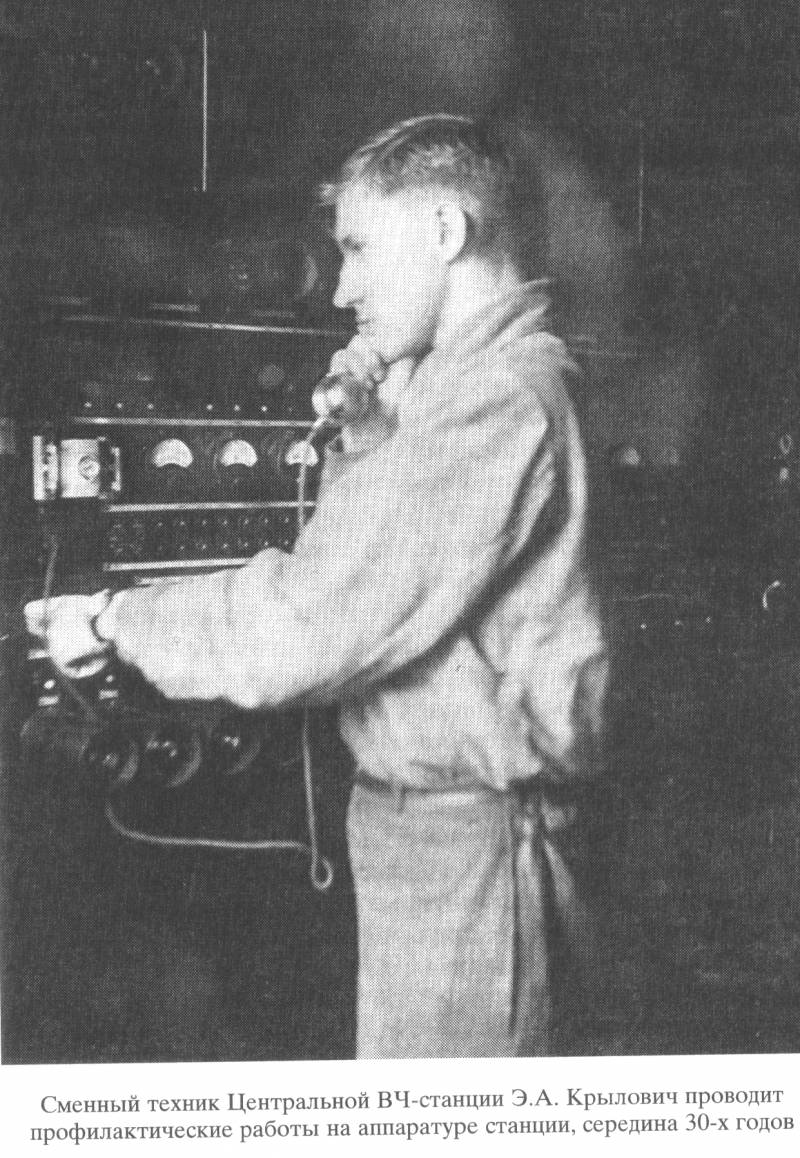
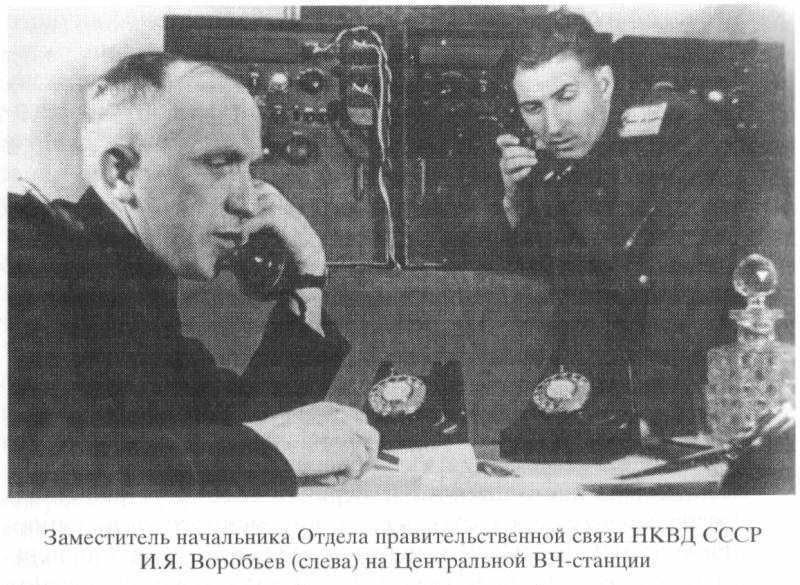
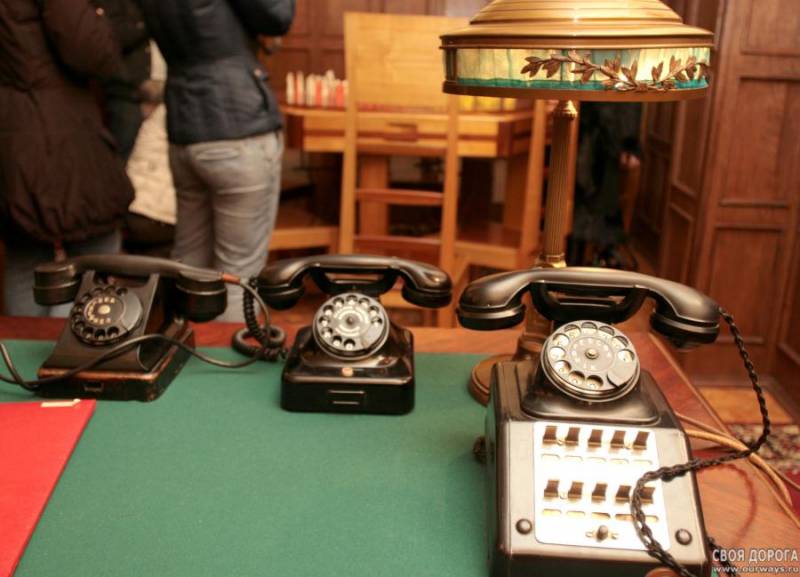
Information